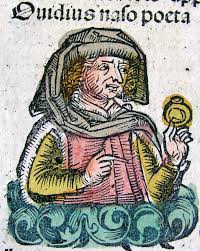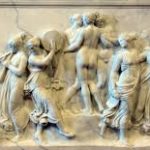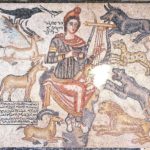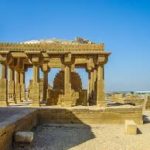The following are the details about the ancient Roman astronomy
Ancient Roman Astronomy
1. Universe
Now what we do is that we measure the time and the days on the basis of the motion of the various bodies in the space. What we call as a day now is the time that is taken by the earth to complete one rotation around the sun.

For the early astronomers, it was very difficult to distinguish between the stars and the planets. Both of these formed quite the same pattern and it was very difficult to distinguish between the two.
The first identified planets included venus, mercury, moon, sun, Mars, Jupiter, and Saturn. But the categorization was something that wasn’t done then.
2. Calendar
The Roman calendar had 12 months and they were used on the movement of the moon. As we know that the length of the lunar month varies from 29 to 30 days, so similarly the year’s length would be close to 355 days.
This gave rise to some discrepancy and in order to deal with it, the matching of both the months and the seasons was done on the basis of the rotation of the earth around the sun. After a specific number of lunar years, the Romans used to add some 22 days.
In the third century BC, it was known that the solar years last for a time period of exactly 365.25 days. This kind of a year was adopted by Julius Caesar. This is what Caesar said that the one-fourth of the day would later be added to another in 4 parts to make a day after every 4 years.
Before this inception, Caesar ordered that the year would last for exactly 445 days. It was very soon that this calendar system started being adopted by entire Europe.
2. Timekeeping
The timekeeping by the Romans was borrowed from the system of sundials in Egyptians and from the Greeks. This is something that if we notice now is still being used now.

They made quite smaller versions of these and carried them with them while they were traveling. Like the manner in which the Greeks used water clocks, in a similar manner even the Roman used the water clocks. This measured the passage of time.
In Rome, there was hardly any innovation as such in this field. In the Roman court that the water used to drip and this was used to understand and regulate the time.
Clocks were also something’s that were used for chariot racing.



